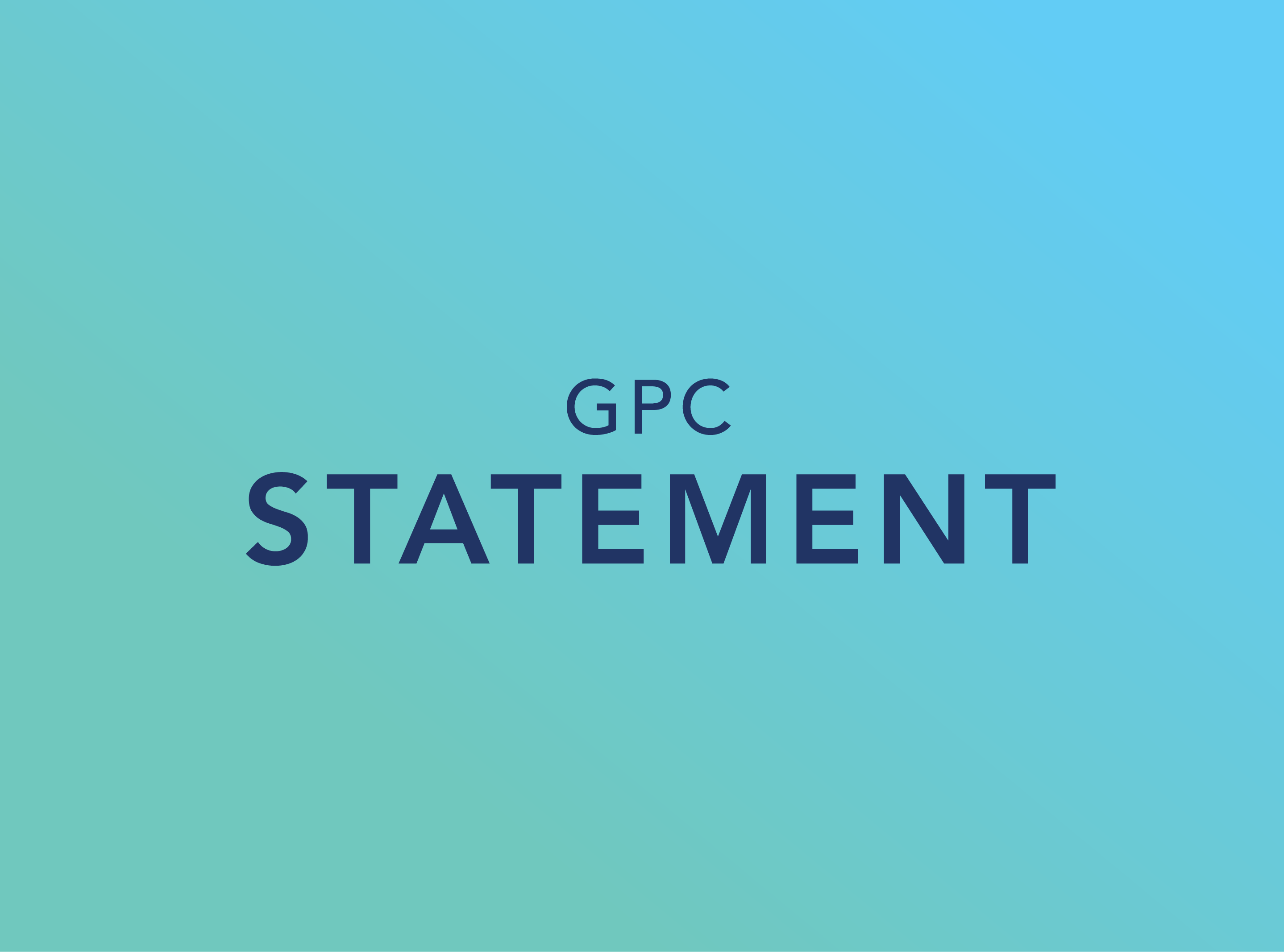Statement from the Global HIV Prevention Coalition Co-Chairs, 7 July 2021
The Global HIV Prevention Coalition Co-Chairs welcome the United Nations General Assembly recent adoption of the 2021 Political Declaration on HIV and AIDS. We particularly welcome member states’ commitment to end inequalities as the key driver of HIV and AIDS and to achieve ambitious new targets – including reaching 95% of people at risk of HIV with combination prevention services. We look forward to working closely with the Coalition Members to implement these commitments and to accelerate much-needed progress on HIV prevention.
We commend the necessary prioritisation of combination prevention and the recognition that if we are to reduce new HIV infections, we need to implement comprehensive packages of interventions, including harm reduction. This will enable countries to meet the diverse needs of key and priority populations in every epidemic context, by combining human rights-based and evidence-informed behavioural, biomedical, and structural interventions.
We also warmly welcome the new commitments and ambitious targets to support community leadership and to ensure that an increased proportion of HIV services are community-led, particularly services for adolescent girls and young women and key populations 1 and scaling-up prevention programmes to support the achievement of societal enablers, 2 alongside a firm commitment to politically champion and fully fund a comprehensive and integrated AIDS response.
The new Political Declaration also references how countries can protect and build on what we have already achieved in the fight to end AIDS, and how we must use the infrastructure, resilience and innovation of the community response to HIV, to build back better from COVID-19 and prepare for future pandemics.
During the High-Level Meeting, the Global HIV Prevention Coalition highlighted the urgent need for leadership and called for decisive actions to get HIV prevention back on track by 2025 with the following key recommendations:
1 Increasing the proportion of HIV services delivered by communities: 30% of testing and treatment services, with a focus on HIV testing, linkage to treatment, adherence and retention support, and treatment literacy; 80% of HIV prevention services for populations at high risk of HIV infection, including for women within those populations; 60% of programmes to support the achievement of societal enablers.
2 The 10-10-10 endorsed targets to end all inequalities faced by people living with HIV, key and other priority populations by 2025, by reducing to 10% or less the proportion of women, girls, people living with, at risk of and affected by HIV who experience gender-based inequalities and sexual and gender-based violence; countries with restrictive legal and policy frameworks that lead to the denial or limitation of access to services; people experiencing stigma and discrimination.
- Show political commitment for HIV prevention, translated into funding and adequately resourcing HIV prevention programs, removing and addressing legal, structural and policy obstacles that hold back more rapid progress, and investing in national stewardship and coordination support to keep prevention programs from fragmenting into piecemeal projects.
- Ensure prioritization of the HIV and COVID-19 pandemics together and protect essential HIV prevention services for priority populations amid COVID-19 restrictions. With the COVID-19 crisis requiring new resources, renewed energy, and strong leadership, it is essential to make sure resources for HIV prevention are not reduced as this would threaten the gains that have been made thus far.
- Strengthen capacity to manage and coordinate effective sustainable nationally owned prevention programs, recognizing that fit for purpose prevention programs involve multisystem capacities within universal and primary healthcare systems and leveraging community systems.
- Ensure that countries are able generate and use data that are appropriate and up to date, and to focus high-impact interventions on locations and populations with the highest risk of HIV infection and to monitor the coverage and outcomes of programs.
- Harness the strengths of community-led organizations and networks to deliver people-centered services at scale, including through social contracting, through enhanced community-based data collection, and through monitoring of prevention interventions.
- Strengthen links with other health and social development programs such as sexual and reproductive health, comprehensive sexuality education, prevention of gender-based violence, antenatal care, COVID-19, tuberculosis, and viral hepatitis.
The Global HIV Prevention Coalition will now embark on developing the HIV Prevention 2025 Road Map to translate the Political Declaration into measurable actions and developing accountability mechanisms jointly with member states and partners to track progress on the targets outlined in the Declaration.
We recognize that the continuous collaboration and dialogue between Coalition members and other stakeholders, finding the political solutions needed to overcome barriers to accelerate HIV prevention, will be vital in achieving the new targets.
With 1.5 million people newly acquiring HIV in 2020 – of which 62% occurred among key populations and their sexual partners – we have significant work to do. With leadership at all levels, the expansion of enabling laws and policies, and comprehensive HIV prevention programmes grounded in human rights and gender equality and with communities at the centre, we believe that we can turn the HIV epidemic and reduce new HIV infections to less than 300 000 a year by 2025. Let us join together to deliver on the 2021 Political Declaration targets.
Sheila Tlou Mitchell Warren
